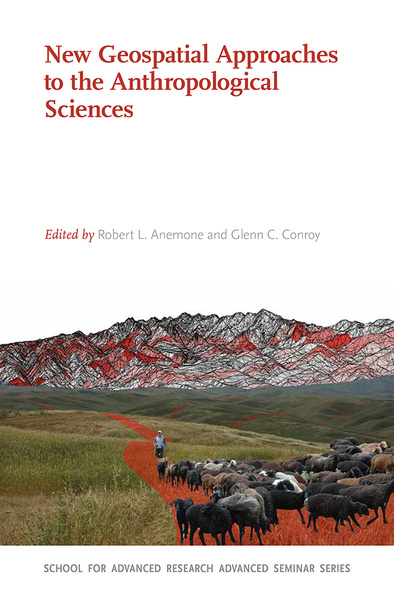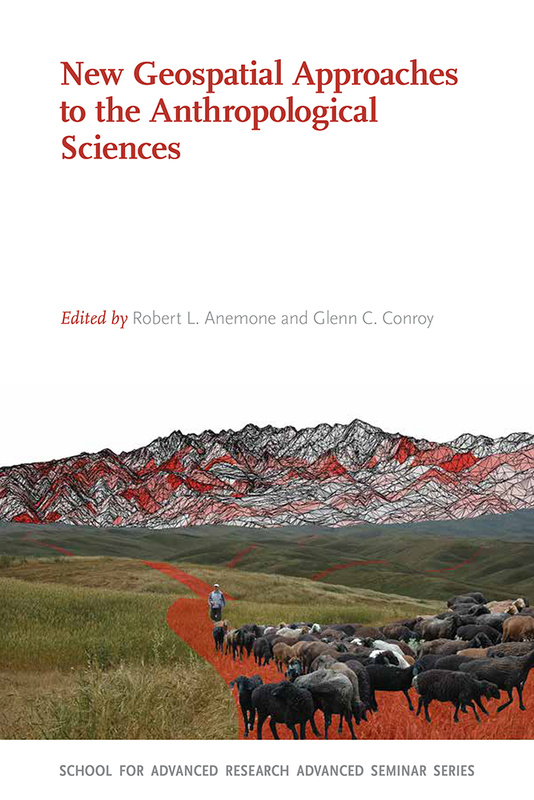New Geospatial Approaches to the Anthropological Sciences
Spatial analysis reaches across all the subdisciplines of anthropology. A cultural anthropologist, for example, can use such analysis to trace the extent of distinctive cultural practices; an archaeologist can use it to understand the organization of ancient irrigation systems; a primatologist to quantify the density of primate nesting sites; a paleoanthropologist to explore vast fossil-bearing landscapes.
Arguing that geospatial analysis holds great promise for much anthropological inquiry, the contributors have designed this volume to show how the powerful tools of GIScience can be used to benefit a variety of research programs. This volume brings together scholars who are currently applying state-of-the-art tools, techniques, and methods of geographical information sciences (GIScience) to diverse data sets of anthropological interest. Their questions crosscut the typical "silos" that so often limit scholarly communication among anthropologists and instead recognize a deep structural similarity between the kinds of questions anthropologists ask, the data they collect, and the analytical models and paradigms they each use.
Robert L. Anemone is a professor in and the head of the Department of Anthropology at the University of North Carolina at Greensboro. Glenn C. Conroy is a professor of anatomy and anthropology at the Washington University School of Medicine, Saint Louis, Missouri.
List of Illustrations
Chapter One. Geospatial Anthropology: Integrating Remote Sensing and Geographic Information Sciences into Anthropological Fieldwork and Analysis
Robert L. Anemone and Glenn C. Conroy
Chapter Two. Ongoing Developments in Geospatial Data, Software, and Hardware with Prospects for Anthropological Applications
Charles W. Emerson and Robert L. Anemone
Chapter Three. Geospatial Approaches to Hominid Paleontology in Africa: What's Old, What's New, and What Doesn't Change
Leslea J. Hlusko
Chapter Four. Assessing Unsupervised Image Classification as an Aid in Paleoanthropological Explorations
Glenn C. Conroy, Amy Chew, Kenneth D. Rose, Thomas M. Bown, Robert L. Anemone, and Gregg F. Gunnell
Chapter Five. Taking Virtual Anthropology to the Field: Building Three-Dimensional Digital Outcrop Models of Fossil Localities
Robert L. Anemone, Charles W. Emerson, Tyler W. Jones, Junshan Liu, and Cory Henderson
Chapter Six. Tooth Surface Topography: A Scale-Sensitive Approach with Implications for Inferring Dental Adaptation and Diet
Peter S. Ungar
Chapter Seven. Classifying Land Cover on Very High Resolution Drone-Acquired Orthomosaics
Serge A. Wich, Lian Pin Koh, and Zoltan Szantoi
Chapter Eight. Understanding the Ecological Decision-Making of Tiwanaku Pastoralists through Geospatial Agent-Based Models
Benjamin Vining and Sara Burns
Chapter Nine. Pastoralist Participation (PastPart): A Model of Mobility and Connectivity across the Inner Asian Mountain Corridor
Michael D. Frachetti, C. Evan Smith, and Cody Copp
Chapter Ten. Modeling Archaeological Landscape Transformations in Early Andean Empires
Patrick Ryan Williams, Ana Cristina Londoño, and Megan Hart
Chapter Eleven. PaleoCore: An Open-Source Platform for Geospatial Data Integration in Paleoanthropology
Denné N. Reed, W. Andrew Barr, and John Kappelman
References
List of Contributors
Index





